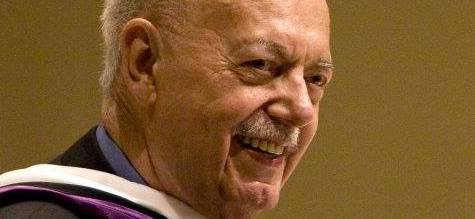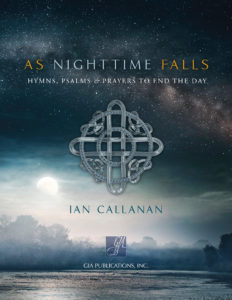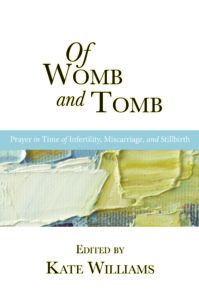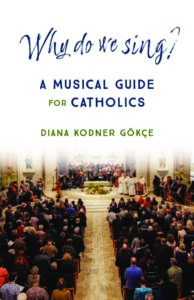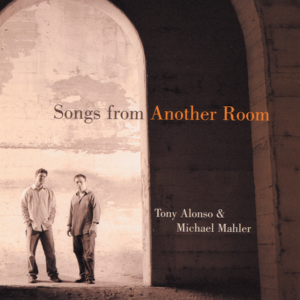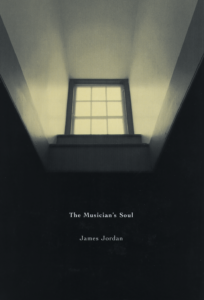This second post on acoustics and music-making in churches features an article by the late Richard Proulx in the first-ever GIA Quarterly magazine issue. It eloquently (if somewhat cantankerously*) lays out the basic problems and solutions. (Spoiler: carpet is never the solution.)
Click here to see the first post on acoustics in churches.
_____
Singing on Alien Ground
Richard Proulx
Wall-to-wall carpet. Padded pews. Acoustical tile. Acoustical plaster. Absorbent wall panels. Soft, rough-sawn wood. All designed to muffle, stifle, deaden sound.
There is growing concern among thoughtful liturgists and musicians regarding the crisis of unworkable acoustical environments being created in both new and renovated churches in this country. With evident purposefulness and at great expense, we continue to design and renovate worship spaces where members of the assembly hear themselves sing and pray only as isolated and detached individuals rather than as part of a unified community. Has the Church only been kidding when asking repeatedly for strong community participation? Have liturgists not been serious about a “ministry of the assembly”? When musicians’ cries for more careful acoustical consideration go unheeded, why are they then blamed for failing to produce strong congregational song?
Floors and “the bottom line.” Carpets divide people and destroy community in worship. The perception that wall-to-wall carpets provide “cozy warmth”—once considered a domestic luxury of having “arrived”—has a price in both liturgical involvement and long-term stewardship.
People tend to sing louder and better when they hear their voices clearly magnified, which is why some of us like to sing in the shower, underneath bridges, or in other resonant places. Rooms which “give back the sound” when people sing or read greatly enhance and encourage congregational participation.
One practical function of the floor surface is to conduct sound from one location of the building to another. While we often think of air as being the medium for sound, it is actually the floor, or air immediately above the floor, which amplifies the sound of voices and conducts it evenly throughout the entire worship space. (Electricity travels in the same way: over, not inside of, wire.) It is easy to see, therefore, how material used in floor treatment can either improve or reduce the efficiency of sound transmission. For community singing, this can be a critical factor.
Worship leaders, especially clergy and musicians, should occasionally test their acoustical perception by sitting in the midst of the assembly as members of the community itself. Sonic perspective gained only from sanctuary and choir loft are usually incomplete and imaginary. Experiencing the congregation’s vantage point can produce a fresh, even shocking, sense of reality about sound and sight, as well as many other things! Unfortunately, few clergy or musicians are willing to subject themselves to this practical, revealing exercise.
Unlike stone, wood, or other permanent materials, carpets always need to be replaced. Holes, tears, incense burns, salt from icy winter streets—all impact on the durability of even the most expensive floor fabrics.
At a time of heightened stewardship awareness throughout our parishes, initial investment in solid, permanent floor materials are better long-term bargains than materials which require periodic replacement. That is sound management and good stewardship.
Doctrine of electronic reinforcement. For church architects, floor treatment is an expensive design headache. Carpet is the expedient solution for cutting design and construction costs, even though architects know that replacement will be necessary, Ironically, both corporate and domestic architecture now favor hardwoods or ceramic tiles for floor treatment, and the crafts involved in producing them are enjoying a renaissance everywhere except in churches.
Once a worship space has had its natural acoustic muffled or amputated, attempts at “correction” via massive electronic reinforcement become essential for all “performers”: presider, lectors, cantor, choir, and instrumentalists. Rather than provide here subtle enhancement for clarity, sophisticated systems with computerized time-delay are required in dead spaced to bring the booming voice of The Electronic Church to the remotest corners of padded parish centers. This simulating of outdated recording studio techniques leaves out the most critical “performer” of all: the congregation, which must struggle with its role unamplified, unreinforced. Shall we also now provide each member of the community with body mike and earphones to electronically synthesize a corporate song? A poor, unworkable acoustic for worship demonstrates poor theology at the most practical level.
A challenging mandate. Since worship spaces have acoustical requirements and goals unlike those of other public buildings, it is critical that those responsible for redesigning and reviewing plans be diligent in compiling all available information necessary to make informed responsible decision.
_____
Originally published in GIA Quarterly magazine, issue 1:1. ©1990 by GIA Publications, Inc.
*This issue makes me cantankerous too.

